Real Christmas tree versus fake — which is better?
Ever wondered which is better: real Christmas tree versus fake? Here’s the answer
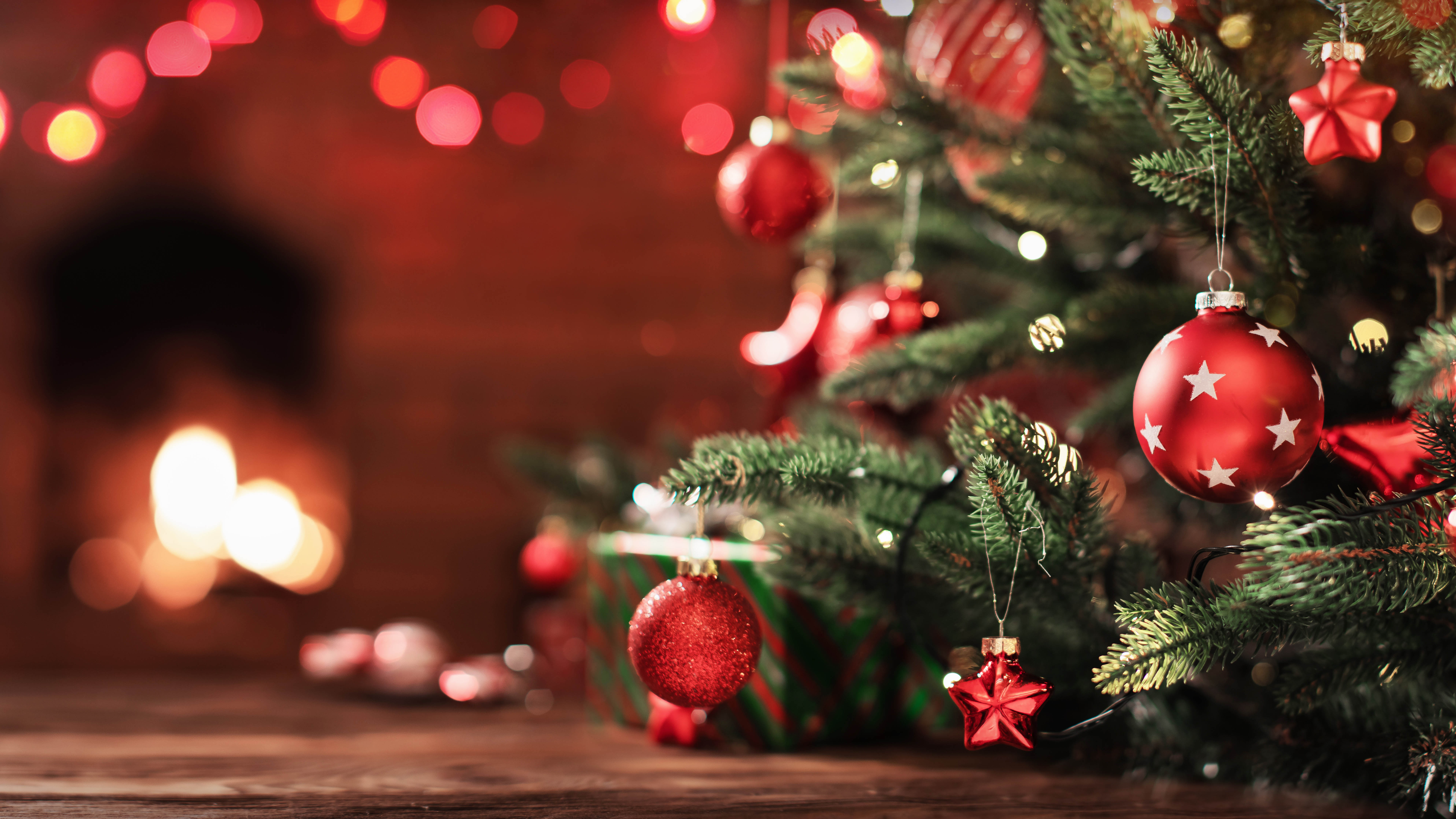
The holidays are edging nearer and nearer now that we’ve reached December, and many of us are finally putting up the Christmas tree, if we haven’t already. This tradition can look very different from household to household though. Some prefer to venture out and bring home a real tree each year. While others will climb into the attic and pull down a trusty synthetic tree. In either case, you have the opportunity to find all sorts of festive ways to decorate a Christmas tree.
But, there are some key differences when it comes to real vs fake Christmas trees. Most of us will be creatures of habit and stick to what we know, but have you ever stopped to consider if the alternative would be a better choice? Here, we will break down the pros and cons of each type of tree and help you decide which would be best for your home over the holidays.
Also, try not to make any of these Christmas decorating mistakes either!
Pros of a real Christmas tree
1. More…real — First of all, if you’re getting a real Christmas tree, it’s going to give you a real experience. There’s more to this than you’d think; the pine fresh scent, the prickly feel of the branches and the wooden core all contribute. Essentially, even the best artificial alternatives can’t achieve the same experience.
Some artificial trees indeed look very realistic, but the festive mood-boost of a real Christmas tree just can’t be copied.
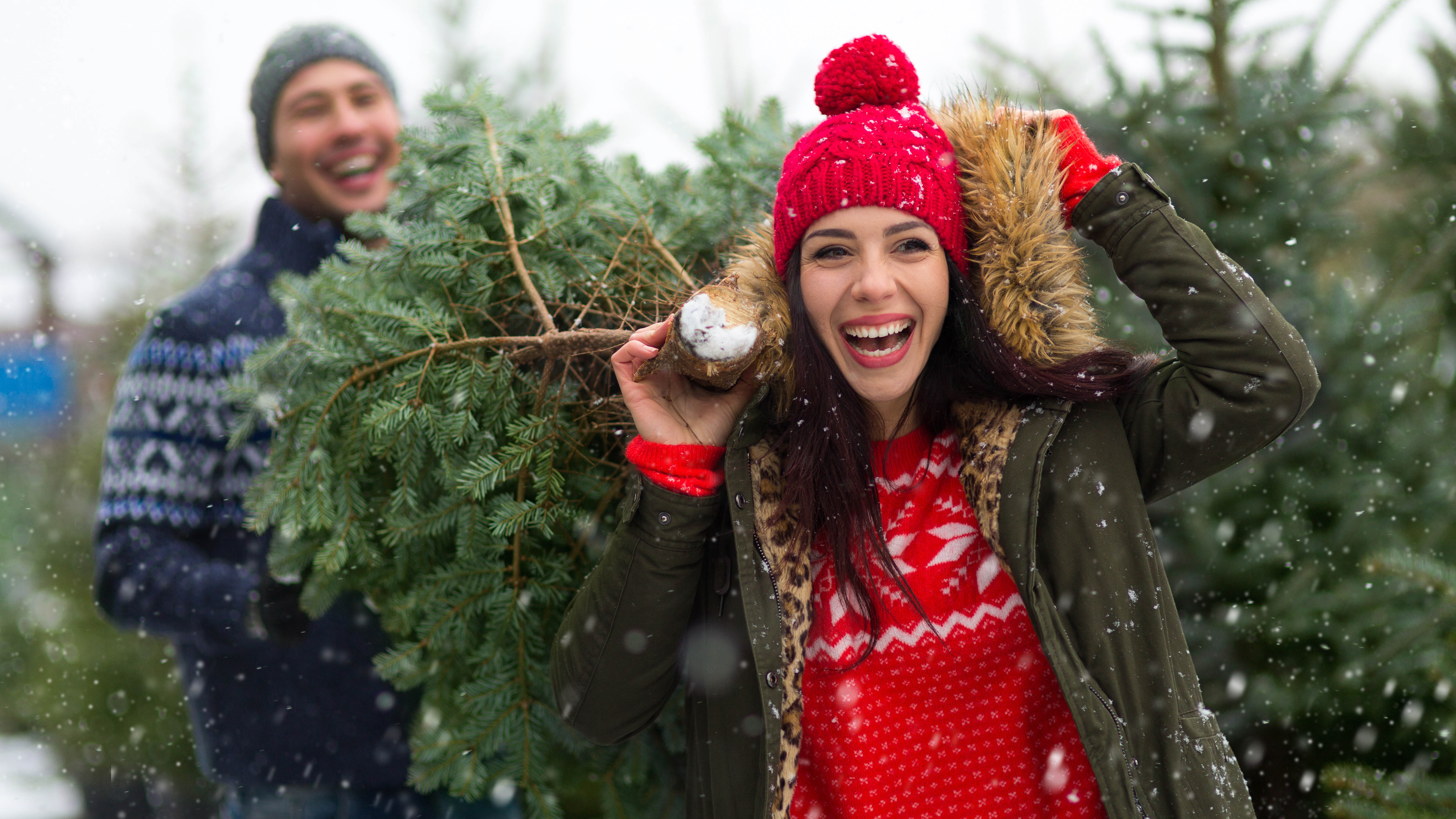
2. More fun — Some may challenge this, but the idea of heading out into the cold and picking out your very own Christmas tree is seen as a precious tradition for some. This can be as much a part of the holiday festivities as opening up presents on Christmas day, and there’s almost a sense of achievement when you’ve managed to get it home and put it up ready for decorating.
Some even go so far as to cut down their own Christmas tree, to add even more effort to the task. Although you may require a permit to do this and safety precautions need to be taken.
Get instant access to breaking news, the hottest reviews, great deals and helpful tips.
3. Greener — It’s often debated which of the two types of tree is more sustainable. There are arguments for both cases, but on the whole, real trees come out on top. This is because real trees are planted, harvested, and then planted again, much like crops, so there’s no obvious damage to the environment at this stage. They’re also releasing valuable oxygen and depleting carbon dioxide levels in the interim as well.
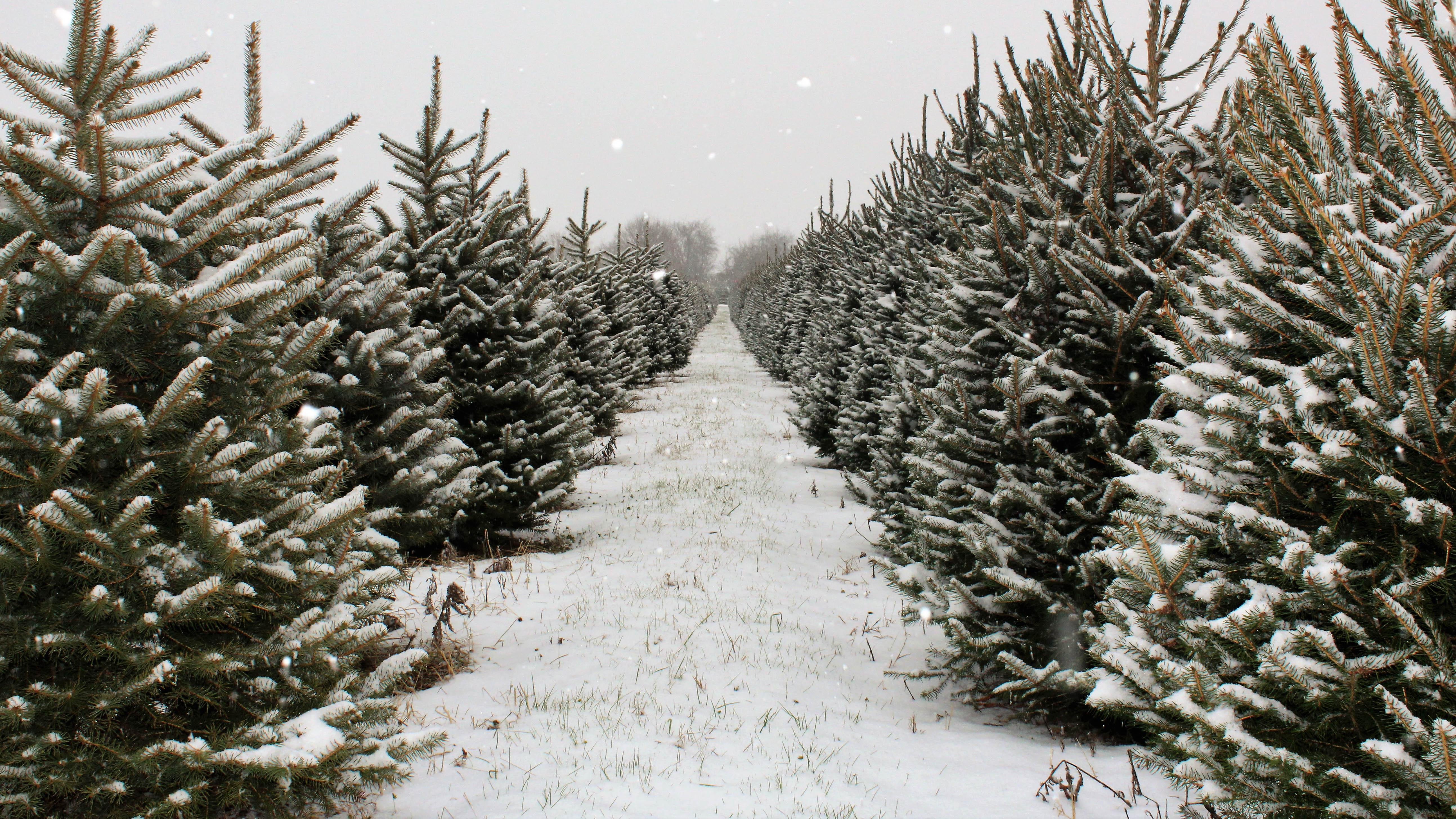
If they’re thrown away at the end of the season, real trees are also biodegradable and can be composted to fertilize your yard. By comparison, artificial trees are not recyclable and will only add to landfill when they’re eventually tossed out. Then there’s the manufacturing and shipping consequences to consider. Of course, if you keep using your artificial tree year after year, you will even out the environmental impact, but you could equally reuse your real Christmas tree with a little effort for an even better result. See how to grow a Christmas tree for guidance on how to do this. Alternatively, check out 7 clever ways to reuse your real Christmas tree after the holidays.
4. No assembly required — While artificial trees have improved in design over the years, there’s still usually some assembly required. Whether your tree is split into sectors, or each branch needs individually attaching (I still remember the color-coding for this when I was a young girl), it can be a frustrating process which doesn’t feel particularly festive. Plus, you can come out of it covered in scratches.
You won’t have this experience with a real Christmas tree. It comes in whole and ready to display — no need to bend and fan out the branches or look for gaps.
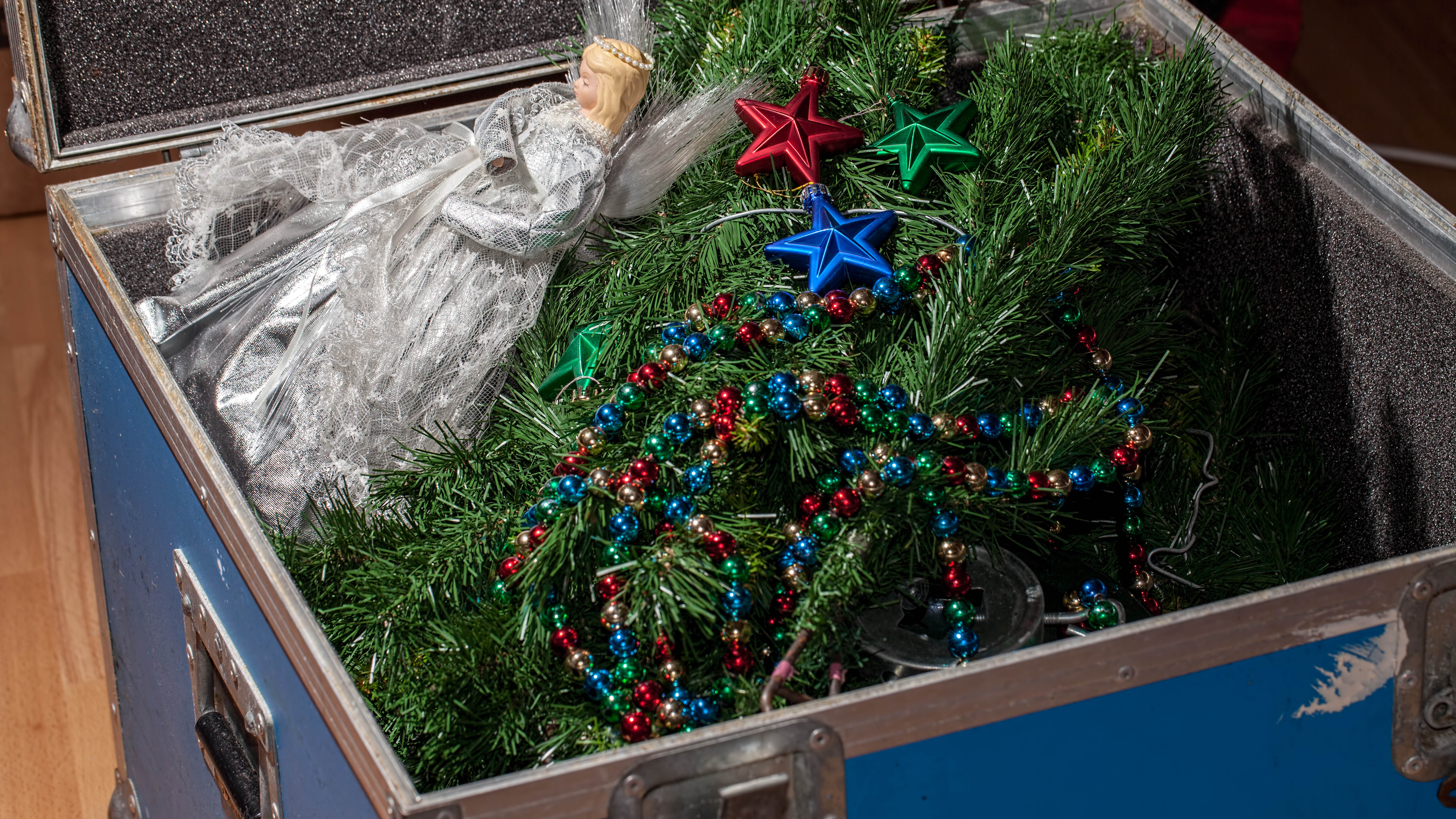
5. You don’t need to store it all year around — This is a bigger nuisance than you know if you’ve never had an artificial tree before. First, it’s always a nightmare to fit a fake tree back into its box; I’ve even split open boxes in the past and have had to find alternative solutions. Then you need to drag said box back into storage and be prepared to let it sit there for the next 11 months.
If you’re tight for space with limited storage, this can be very annoying. Especially because full-sized trees require a hefty, long box. I myself have considered getting rid of my artificial tree year after year for this reason, but I can’t quite bring myself to do it. You save this space with a real tree, even if you reuse it.
Pros of a fake Christmas tree
1. Less mess — Real Christmas trees drop pine needles like anything, particularly during decoration and while moving them around. Artificial trees don’t have this problem.
The occasional plastic needle may drop, but not to such an extent as you would get from a real tree. You also won’t get soil or water accidentally spilling onto the presents with an artificial tree.
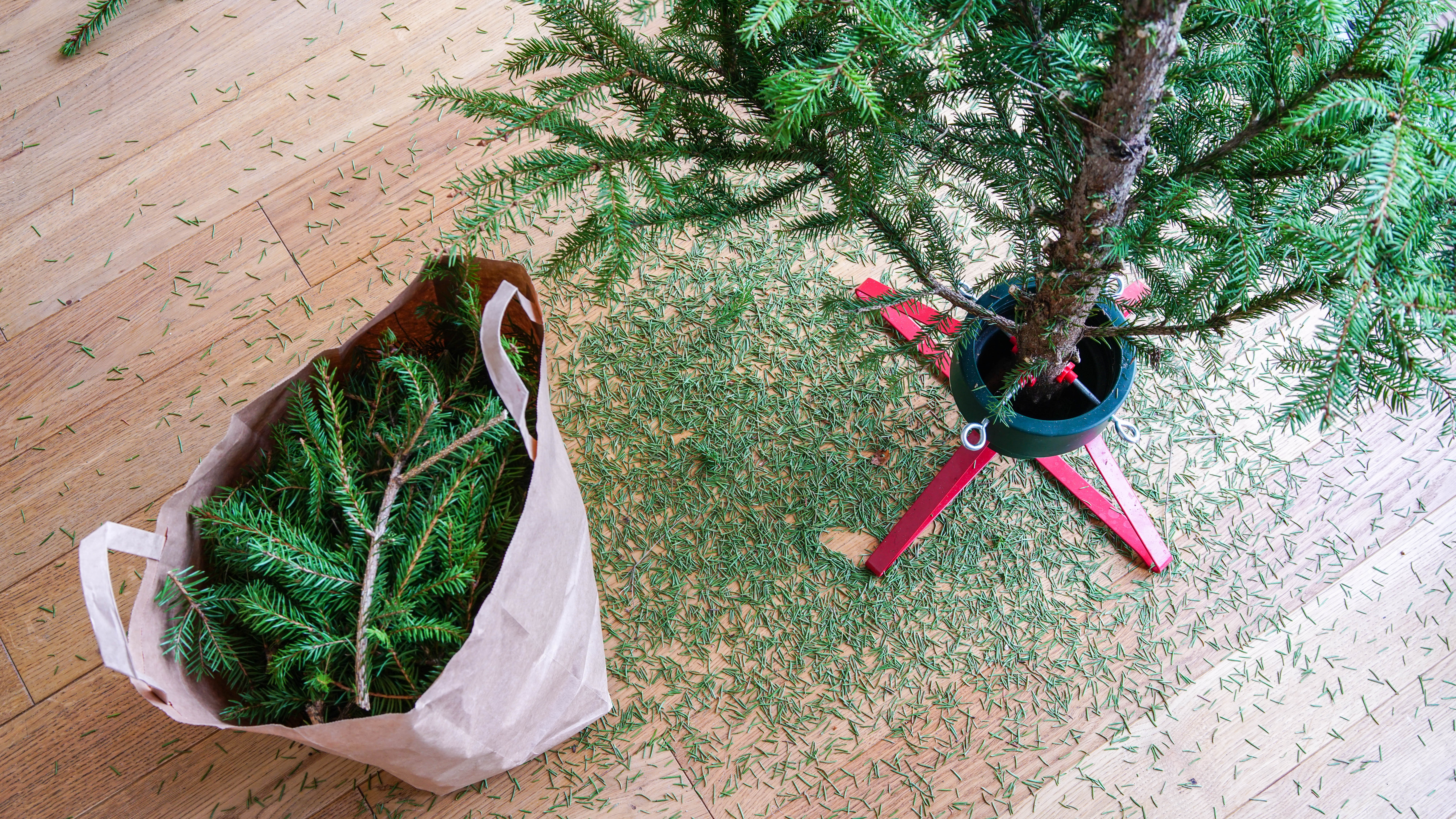
2. Less hassle — While you do need to somewhat assemble a fake tree, there’s less effort required on the whole. You don’t need to venture out and drag it back. There’s also no need to water and maintain it, and you don’t need to dispose of it once you’re finished. So if you prefer staying in the warm, and don’t like getting your hands dirty, artificial is definitely the way to go.
3. Safer for pets — If you’ve got any curious pets wandering around, artificial trees are the safer option versus real trees, at least on the whole. This is because dogs and cats alike can be tempted to drink the excess water from the pot, which can contain chemicals and pesticides. The needles from fir or pine trees can also upset the stomach if ingested and can even cause internal damage.
That’s not to say there’s no risk when it comes to artificial Christmas trees. Plastic needles can still fall as mentioned earlier, and you don’t want your pets ingesting these either. Vacuum up any loose needles as you spot them with the best vacuum cleaners and always supervise your pet around your tree. There’s a risk of the tree toppling over as well, so keep it stable and weighted down.
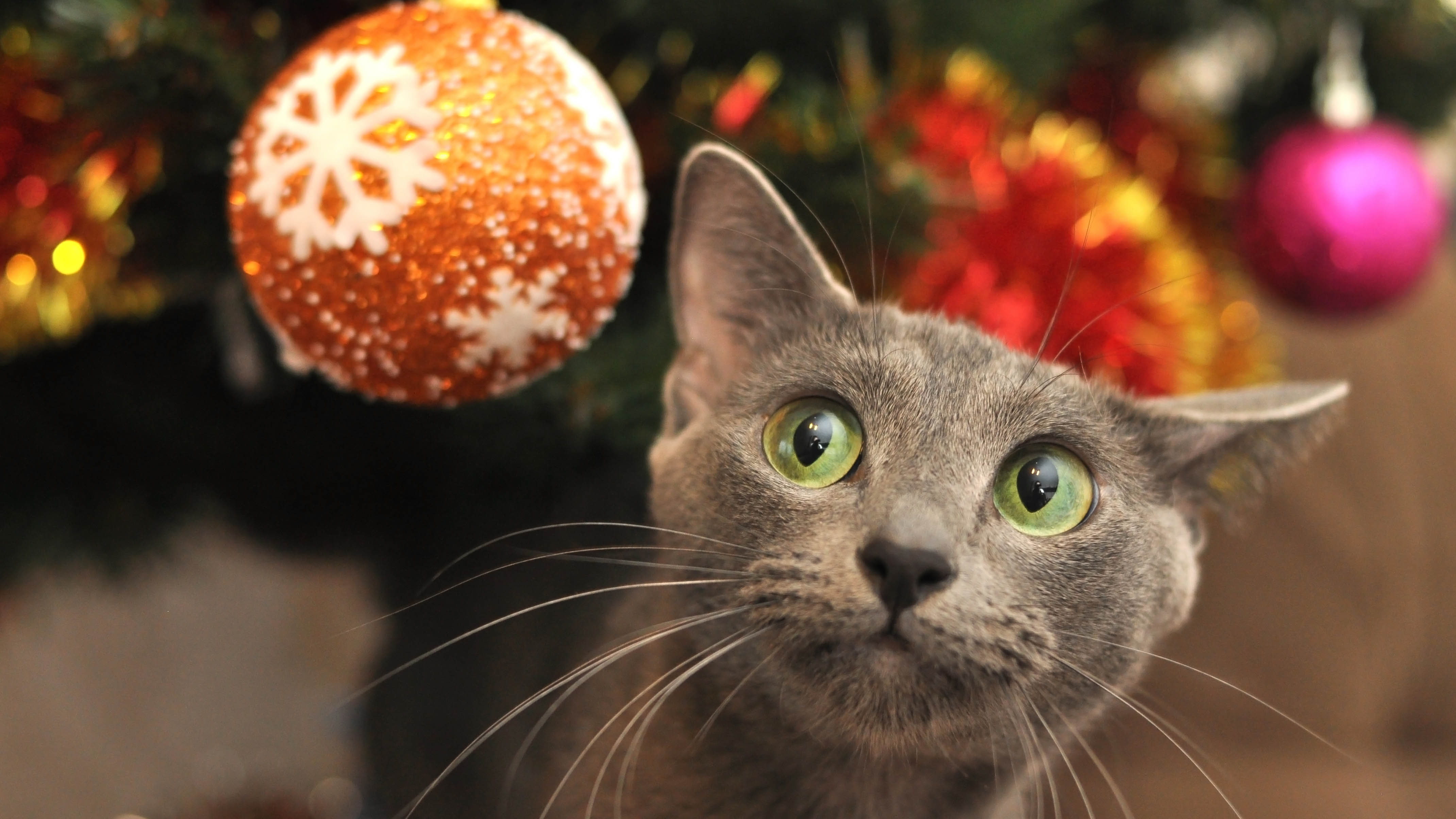
4. Less of a fire hazard — If your real Christmas tree dries out, there’s a risk of a fire hazard, especially with the string lights heating up the branches. This is less likely with artificial trees as they’re typically composed of fire-resistant materials.
Always leave the string lights switched off when the tree is unattended and keep it away from any possible heat sources, such as the fireplace or a radiator.
5. Not good for the tree itself — If you care about what the tree is actually going through, you might be more tempted to switch to artificial. Christmas trees are grown outside, and as such, prefer the climate outdoors. As soon as they’re potted and brought indoors, your tree will struggle to survive in the heat. That’s why we actually advise keeping live trees indoors for as short a time as possible if you want to reuse them.
If you intend to use your real Christmas tree year-on-year, for guidance, it should only be brought indoors on the weekend before Christmas, and kept for a maximum of 10 days before placing it outdoors again. Any longer than this, and your tree is unlikely to survive and will need to be turned to mulch.
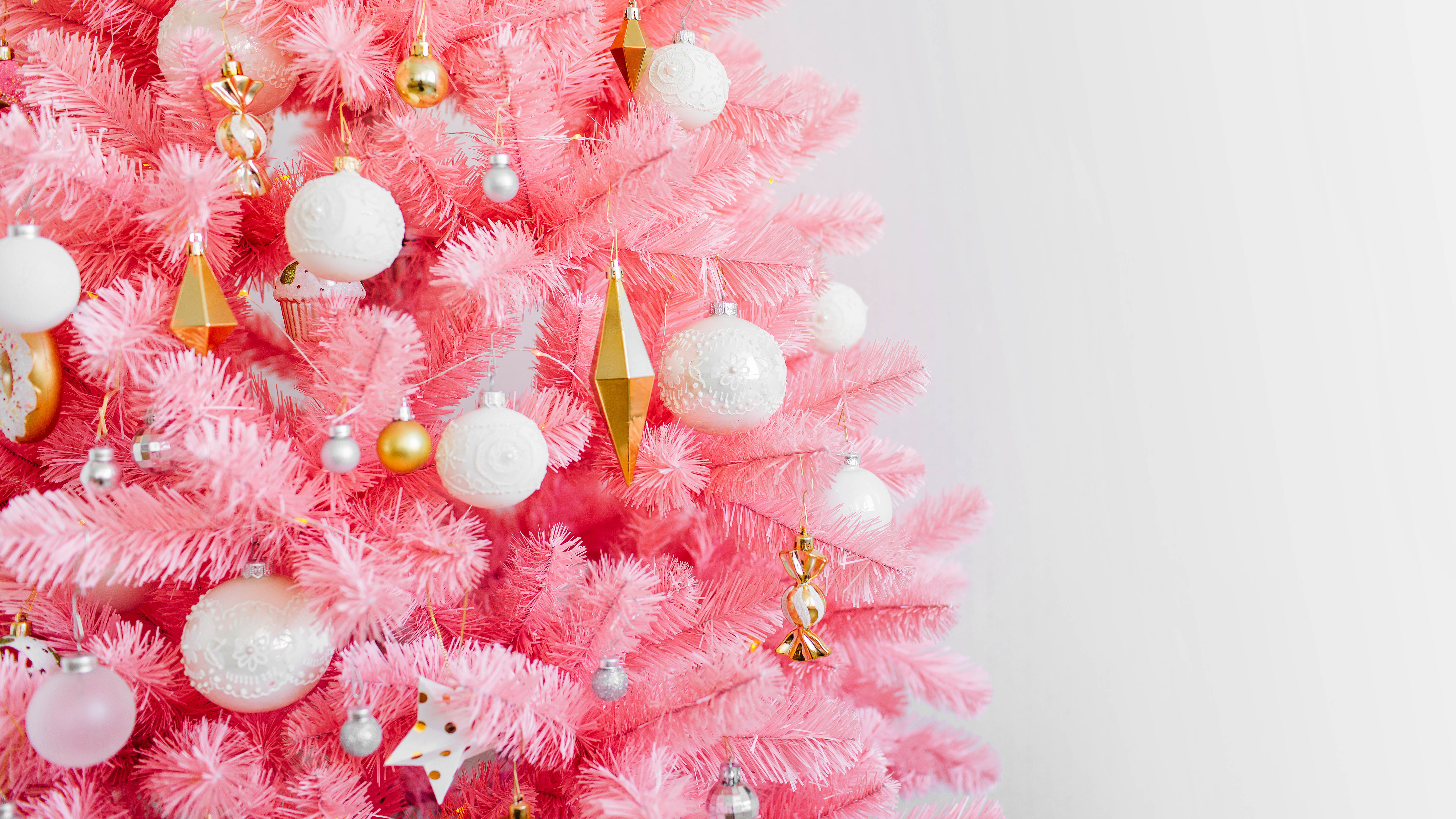
6. More customization options — Artificial trees naturally (or unnaturally) give you a lot more options when it comes to look and décor. You can opt for a snowy tree, one with pine cones growing on every other branch, or even a more unorthodox color, such as black or pink to give it more personality. You can own more than one style of tree if you want to switch it up each year as well.
Which is better: real Christmas tree versus fake?
Looking at the above, there’s not much in it. It ultimately comes down to your choices, preferences and values. In terms of price, the value you will get from your Christmas tree depends on whether you reuse it and for how many years, real or fake. So the two can't be fairly compared in this sense. But, essentially the more you reuse, the more you save.
If you want less-maintenance over the holidays, and you’re happy to stick to the same tree year after year, artificial may be best. But, if you care about the environment and can’t put a price on tradition, a real tree may be all you’ll ever want.

Katie Mortram used to be a Homes Editor for Tom's Guide, where she oversaw everything from kitchen appliances to gardening tools, as well as smart home tech. Specializing in providing expert advice for cleaning and home manintenance, she now works as Household Advice Editor for Good Housekeeping.
